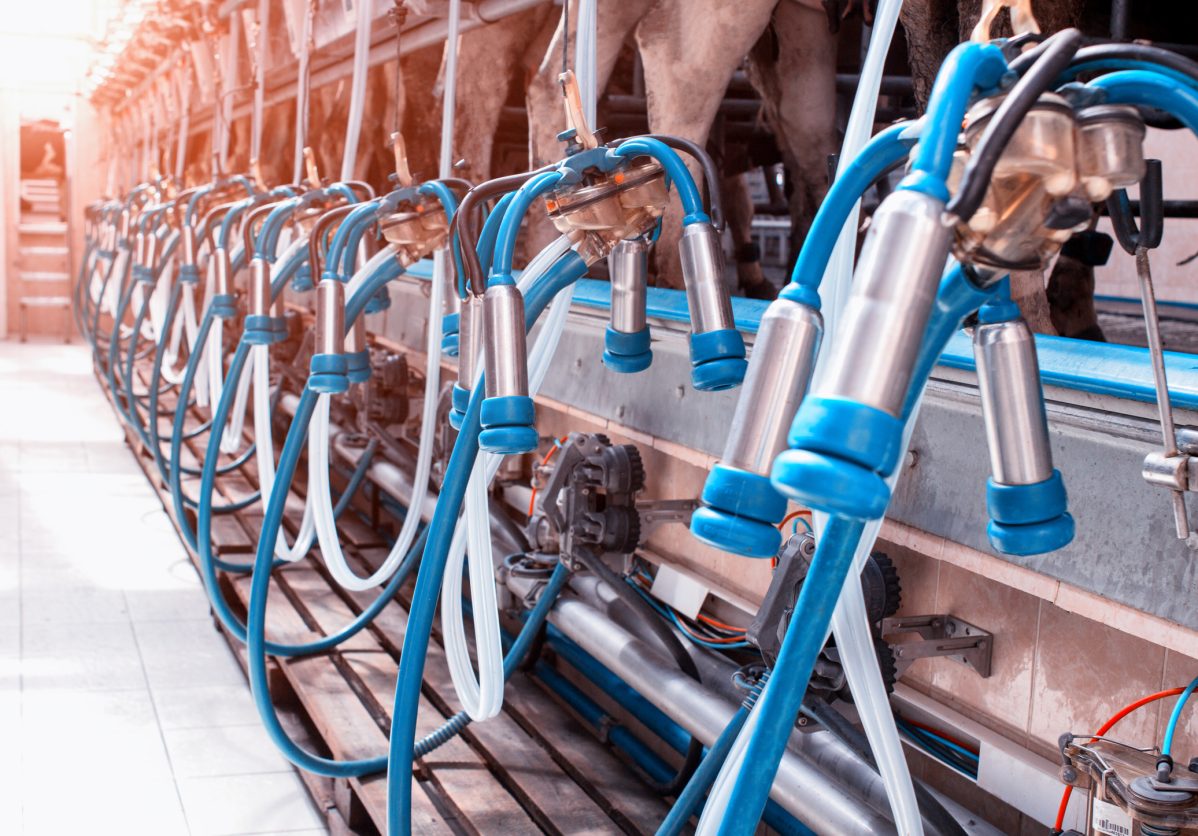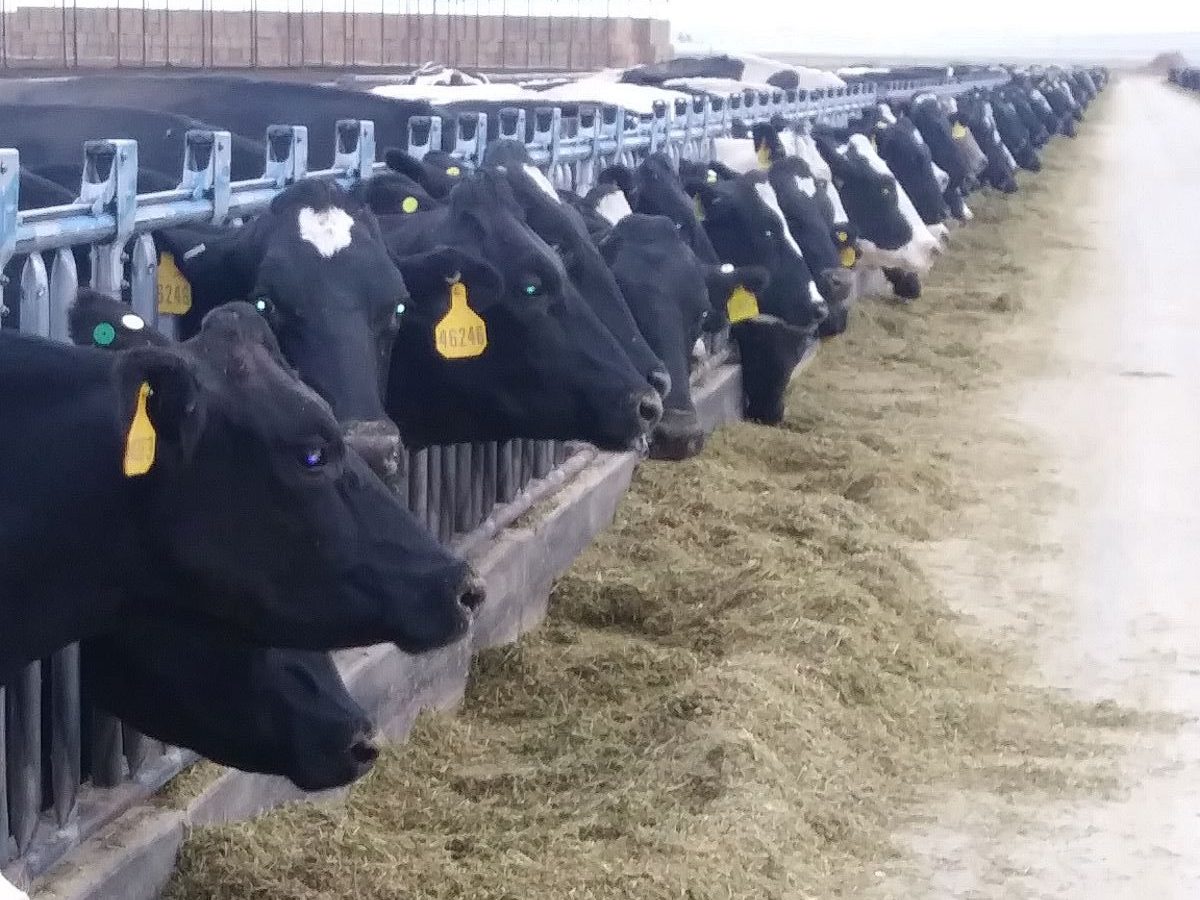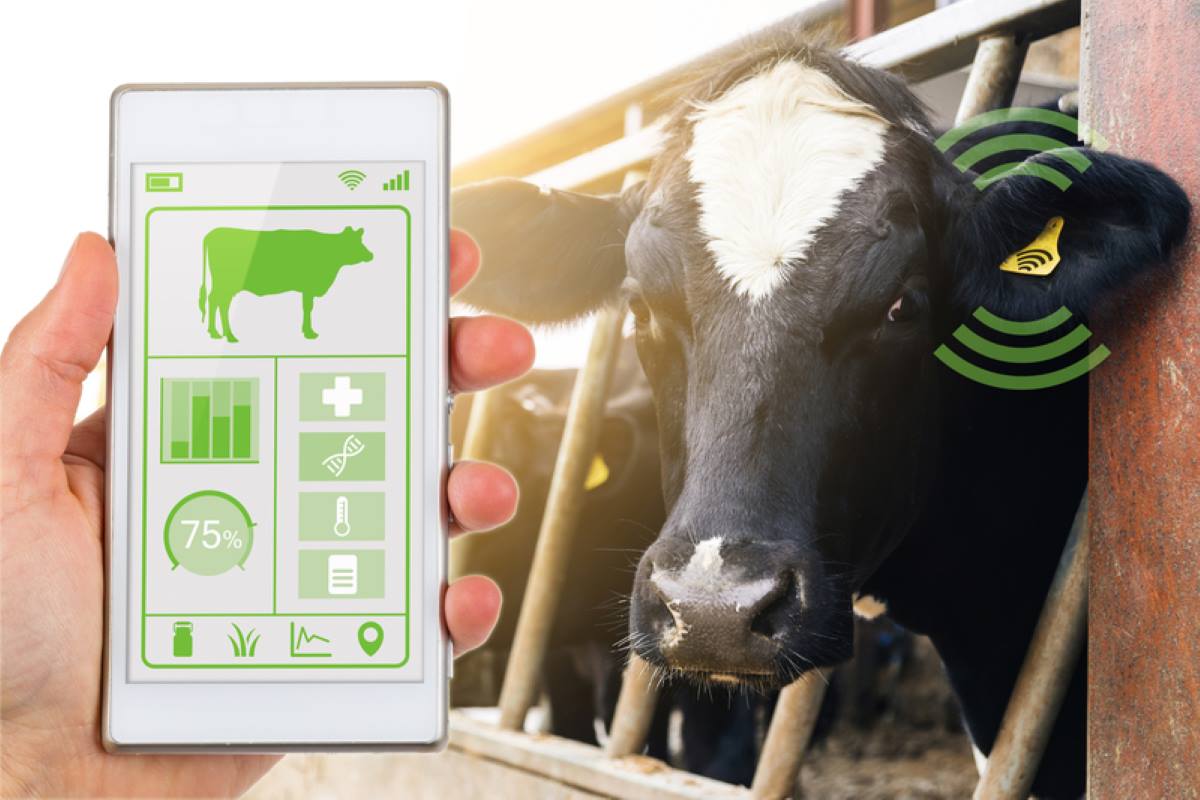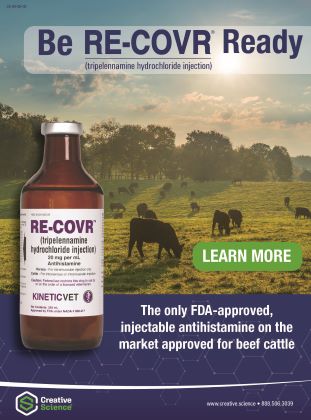Articles

John Deere Launches the New V452M Round Baler, Built for Productivity
Purpose-built for high-volume operations demanding density and automation OLATHE, Kansas (Sept. 2, 2025) – John Deere (NYSE: DE) today announced the introduction of the V452M round baler to the North American lineup. This provides enhanced productivity and precision to larger-scale hay and forage operations. The V452M headlines the newly updated lineup of VR and CR […]
READ MORE
Upgrading Dairy Parlors
Upgrading Dairy Parlors Traditional dairy parlors are the roots of the dairy industry. These systems were the backbone of dairy farms for generations, and they were characterized by their simplicity, labor-intensive nature, and a strong connection between the farming family and their animals. A traditional parlor system consists of a long barn with a central […]
READ MORE
Total Mixed Rations (TMR) for Dairy Cattle
Total Mixed Rations (TMR) for Dairy Cattle A Total Mixed Ration (TMR) is a feeding method in which all feed ingredients, including forages, grains, protein sources, minerals, and vitamins, are combined into a single, uniform mix. This type of feeding program is often used in feedlots and dairies—especially dairies. It helps ensure that each bite […]
READ MORE
Will Facial and Video Recognition Manage Tomorrow’s Cows?
Will Facial and Video Recognition Manage Tomorrow’s Cows? Technology continues to revolutionize dairying as we know it, offering valuable tools to address labor shortages and improve overall herd management. Most dairy producers are familiar with robotic milkers and herd management systems that use radio-frequency identification (RFID) tags, collars or leg monitors to track individual animal […]
READ MORE



